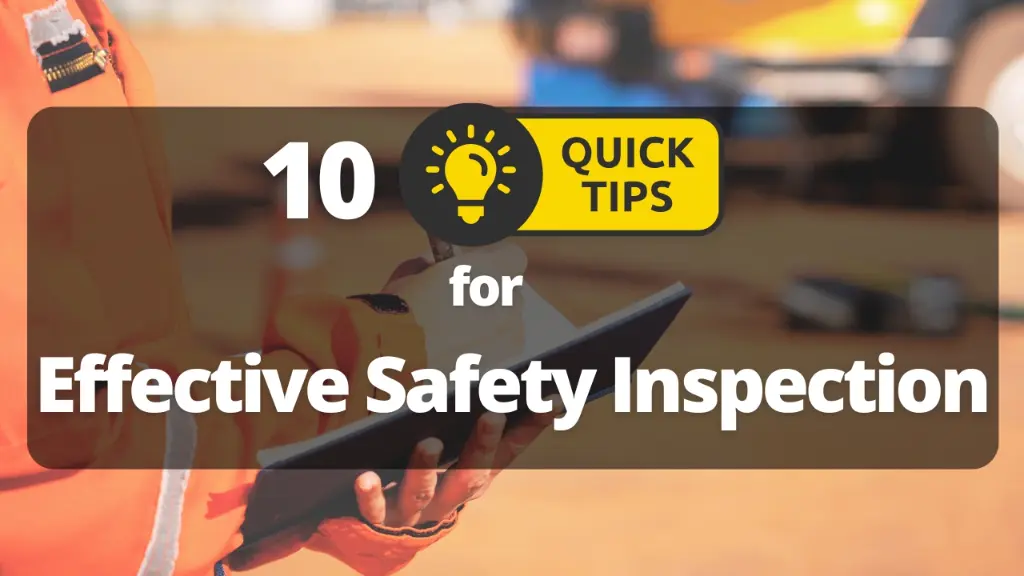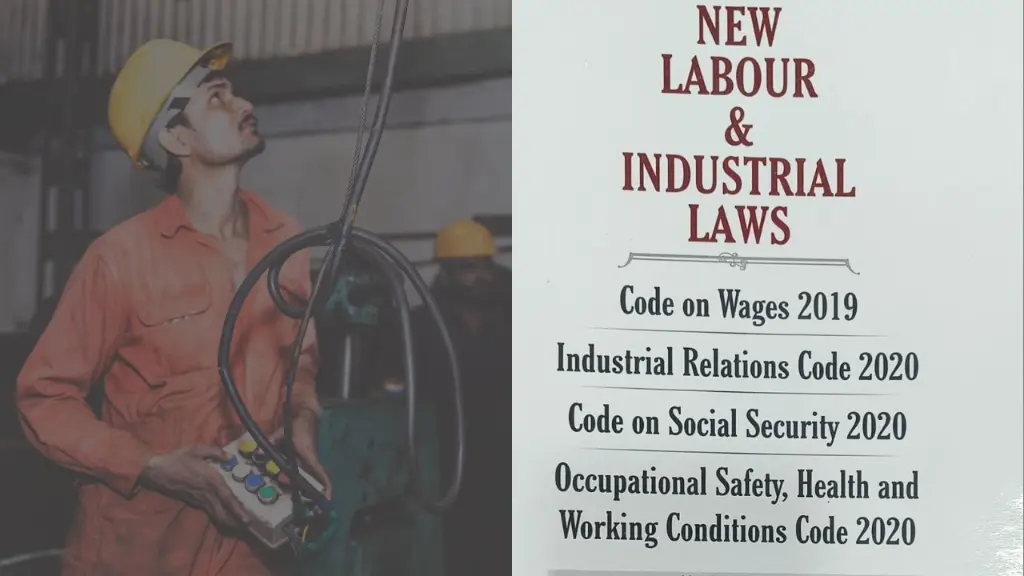Transform your safety inspections from a routine chore into a proactive tool for accident prevention and workplace improvement! Discover the 10 essential dos and don’ts or Safety Inspections Tips that every safety professional should know to create a safer, happier and more productive work environment.
1. Safety Inspections Tips: 10 Dos and Don’ts You Need to Know
Ever wondered what makes a workplace truly great? Free coffee? Nap pods? Fancy gadgets? Gourmet snacks? While those are nice perks, nothing beats the peace of mind that comes from knowing you are safe at work. A safe workplace means fewer injuries, happier employees and a more productive environment.
But that doesn’t happen magically. It takes effort and a proactive approach to safety. That’s where effective safety inspections come in. Think of them as your workplace wellness checkups – a chance to identify potential hazards and fix them before they cause any trouble.
Hello everyone, I’m Brijesh Kumar, a seasoned HSE professional with two decades of experience in managing workplace safety both in India and abroad. I’m excited to share my experience & expertise with you today on this important topic.
Let’s dive into the 10 essential dos and don’ts that can transform your safety inspections from routine tasks to powerful tools for preventing accidents.
1.1 The DOs of Safety Inspections That Actually Work / Safety Inspection Tips
1.1.1 Plan Like You’re Going on a Road Trip:
Would you hit the highway without a map or a full tank of gas? Probably not. The same goes for safety inspections. Gather your checklist, PPE (that’s fancy talk for safety gear), and any tools you might need. Think of it as packing your safety suitcase for a productive inspection adventure.
1.1.2 Give Your Employees a Heads-Up:
Nobody likes surprises, especially when it comes to inspections. Let your team know what you’ll be doing and why. It’s not about catching them off guard; it’s about working together to keep everyone safe.
1.1.3 Communicate with Employees:
Your employees are a goldmine of information. Ask them about their concerns, near-misses they’ve witnessed, or any ideas they have for improvement. Who knows, they might just be your secret weapon in uncovering hidden hazards.
1.1.4 Follow the Inspection Checklist (But Don’t Be a Robot):
Your checklist is your trusty guide, but don’t be afraid to go off-script if something seems amiss. Use your intuition and experience to dig deeper. It’s like following a recipe but adding your own special twist for a more delicious outcome.
1.1.5 Look High, Look Low, Look All Around:
Safety hazards aren’t always at eye level. Inspect ceilings for leaks, floors for tripping hazards, and everything in between. Remember, even a loose tile can cause a serious slip-up.
1.1.6 Learn from Past Mistakes (and Successes):
Past inspection reports are like old photo albums – they tell a story. Review them to see what worked well in the past and what needs improvement. It’s like learning from your fashion faux pas so you don’t repeat them in the future.
1.1.7 Engage All Your Senses:
Safety isn’t just about what you see. It’s also about what you hear, smell, and feel. A burning smell from an electrical panel? That’s definitely not a good sign. Listen for unusual noises, like a machine that’s groaning under pressure. Trust your senses; they’re often your first line of defense against hazards.
1.1.8 Check Your Safety Gear:
Fire extinguishers, first aid kits, emergency exits – make sure they’re in good working order. And don’t forget those safety signs. Clear, easy-to-read signage is like having a GPS for safety – it keeps everyone on the right track.
1.1.9 Be a Silent Observer:
Watch how employees work. Are they lifting heavy objects correctly? Are they using safety guards on machines? Sometimes, a little observation goes a long way in identifying unsafe practices.
1.1.10 Document Everything:
Take pictures, jot down notes, or even create a vlog of your inspection (if you’re feeling adventurous). This helps you keep track of your findings and create a clear record for future reference. Think of it as creating a safety scrapbook of your workplace.
1.2 The DON’Ts of Safety Inspections You’ll Want to Avoid
1.2.1 Don’t Be a Robot:
Your checklist is important, but don’t forget to think for yourself. If something doesn’t feel right, investigate it further. Sometimes, your gut instinct is your best safety tool.
1.2.2 Don’t Ignore Employee Concerns:
If an employee mentions a potential hazard, take them seriously. They know their work area better than anyone else. It’s like listening to your car mechanic when they tell you about a weird noise – it’s better to address it early than wait for a breakdown.
1.2.3 Don’t Rush Through It:
Safety inspections are not a race. Take your time, be thorough, and don’t cut corners. Remember, slow and steady wins the safety race.
1.2.4 Don’t Sweat the Small Stuff (But Do Fix It):
Even small issues, like a frayed electrical cord or a loose handrail, can turn into big problems. Fix them before they escalate. Think of it as preventative maintenance for your workplace.
1.2.5 Don’t Assume Everything’s Fine:
A clean and organized workplace doesn’t automatically mean it’s safe. Dig deeper and look for hidden hazards. It’s like cleaning your house – just because the surfaces look shiny doesn’t mean there’s no dust under the rug.
1.2.6 Don’t Forget to Follow Up:
Your inspection report isn’t the end of the story. Make sure corrective actions are taken and that hazards are actually eliminated. It’s like going to the doctor for a checkup – the real benefit comes from following their advice and taking your medicine.
Safety is a team effort. What are your favorite safety inspection tips and tricks? Share them in the comments below! Let’s all learn from each other and create workplaces that are not only productive but also safe and enjoyable.
Click the link to read more topics on 2024 Calendar and Important Days for HSE Professionals.
Join me on Facebook, Linkedin, Youtube, WhatsApp & Telegram for the latest updates.






